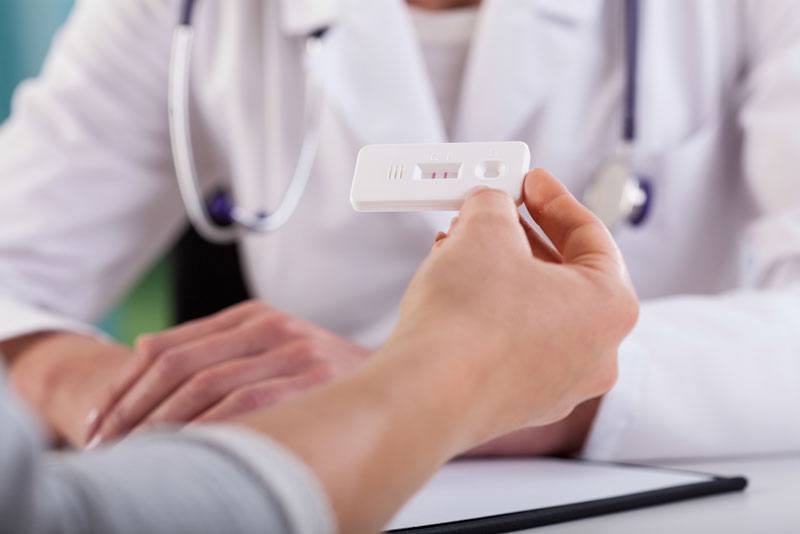
Most couples will become pregnant after one year of trying. For those who have not conceived in that time, it’s important to find the reasons why. There are a number of potential causes and evaluating both male and female factors will help identify the problem. Your path to parenthood can be achieved, as many treatment options are available, and virtually all causes can be overcome. For infertility test utahwomen 35 and older, seeing a fertility specialist after 6 months of trying is the rule of thumb. While both male and female partners will be tested, the information below applies to female testing. Stay tuned for next post on male fertility testing.
Ovarian Reserve Testing
Ovarian reserve testing – Performed to help determine the number of eggs remaining in the ovaries. A blood test is performed to check levels of antimullerian hormone (AMH) and/or follicle stimulating hormone (FSH). An ultrasound may also be ordered by your physician to count the number of follicles (eggs) visible during an ultrasound.
Ovulation Testing
There are a number of ways to see whether your ovaries are responding to normal hormone signals and ovulation is occurring.
Basal Body Temperature -Resting body temperature is tracked first thing in the morning. Temperature is rather consistent but tends to rise just following ovulation. Keep in mind this change won’t occur until after you have ovulated, so you can’t use it to time intercourse prior to ovulation.
Ultrasounds– Ultrasound scanning of ovaries is used to track follicle growth through a woman’s cycle. Ultrasounds also provide a good view of the inside of the uterus and the endometrial lining as it grows.
Ovulation Predictor Kits – Tests that use urine to detect a rise in LH hormone. LH rises occur 1-2 days before ovulation.
Hormone Blood Tests – Estrogen, LH and progesterone levels change and can be tested at specific times during your cycle. Checking Progesterone levels around cycle day 21 – 24 can determine if ovulation has occurred.
Examining Your Reproductive Organs
Transvaginal Ultrasound – An ultrasound probe is placed in the vagina to view the organs in the pelvis and provides the best look at the ovaries and uterus.
Sonohysteroscopy – Also referred to as a water ultrasound. A small amount of sterile saline is placed into the uterus so the doctor can view the inside of the uterus, ruling out any abnormalities like uterine polyps or fibroids.
HSG (Hysterosalpingogram) – Often called the dye test, an HSG is done using x-rays and a special dye. It is used to confirm that both fallopian tubes are open.
Endometrial Biopsy – Sampling of cells from the uterine lining is occasionally done to evaluate for intrauterine inflammation or other reasons embryos may fail to implant.






